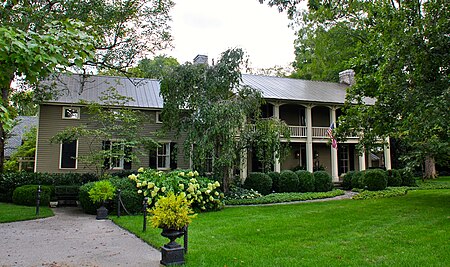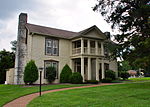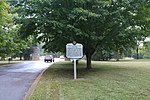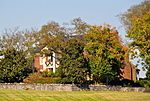John Motheral House
1805 establishments in TennesseeHouses completed in 1805Houses completed in 1870Houses in Franklin, TennesseeHouses on the National Register of Historic Places in Tennessee ... and 2 more
National Register of Historic Places in Williamson County, TennesseeWilliamson County, Tennessee Registered Historic Place stubs

The John Motheral House is a property in Franklin, Tennessee that dates from c.1805, was enlarged c.1870, and was listed on the National Register of Historic Places in 1988. It was built as a log building in c.1805, probably of single pen construction, and was enlarged c.1870 to have an "imposing" two story frame construction. Other Williamson County structures that were enlarged in this way, in approximately the same time period, include the Sherwood Green House and the William Leaton House.
Excerpt from the Wikipedia article John Motheral House (License: CC BY-SA 3.0, Authors, Images).John Motheral House
Moran Road,
Geographical coordinates (GPS) Address Nearby Places Show on map
Geographical coordinates (GPS)
| Latitude | Longitude |
|---|---|
| N 36.016944444444 ° | E -86.898888888889 ° |
Address
Moran Road 1299
37069
Tennessee, United States
Open on Google Maps





